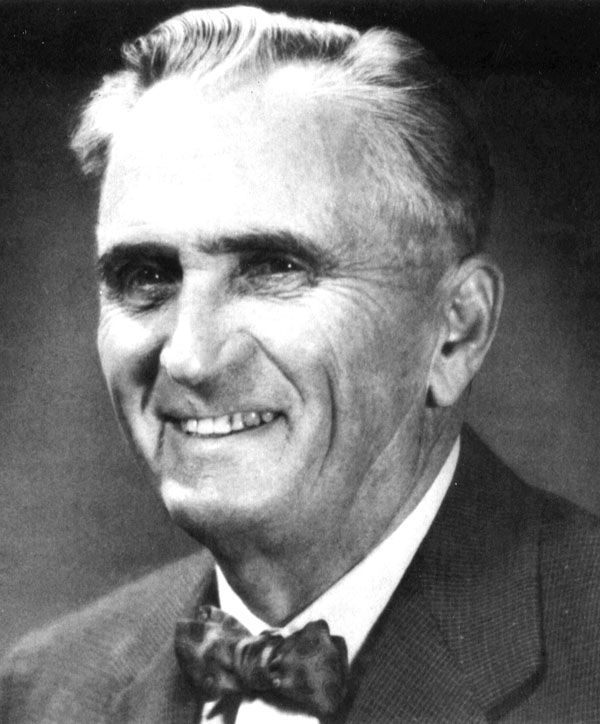Mining and Minerals Education Foundation |

Harrison Ashley Schmitt
(1895-1966)
1999 Inductee from Mining's Past
Harrison Schmitt was born in Mankato, Minnesota in 1896. Schmitt's education at the University of Minnesota was interrupted by service in the Marine Corps in World War I, where his readings into geology and natural affection for nature led him to change his major from chemistry to geology, leading to a Ph.D. in geology in 1926.
His studies of ore deposits and work on the vein, manto, and pipe types of ore deposits in Mexico, southern Arizona, Nevada, and New Mexico between 1922 and 1931 gave him extensive knowledge of the structure, mineralogical association and ore-finding techniques related to hypogene ore deposits and supergene alteration. His interest then turned to exploration for disseminated, or "porphyry" copper deposits, and led to an unprecedented string of successful mining property developments. These included the Christmas, Esperanza and Mineral Park Mines in Arizona; Battle Mountain Mine in Nevada; and the evaluation of the Bor Mine in Yugoslavia and the Toquepala Mine in Peru.
He wrote extensively on the systematic use of geological techniques in ore search and mining. His 1939 paper on the Pewabic Mine (New Mexico) is considered to be one of the foremost examples of systematic field geology coupled with laboratory investigations applied to a problem of ore deposition and mining. In 1950, he was among the first to document the importance of the hot spring environment in epithermal deposits, stressing the importance of wallrock alteration as a possible source of vein silica.
Print Version Previous Archive Next
